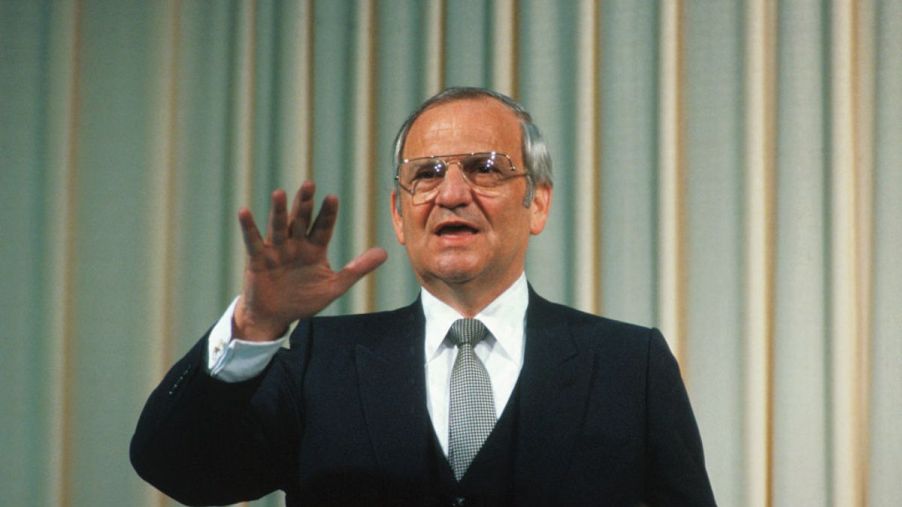
You Have 1 Man to Thank for Long-Term Car Financing
In the ever-evolving auto industry, financing options have paved the way for consumers to fulfill their dreams of owning a car. Among those options, long-term car financing has emerged as a mainstay. This article will explore long-term car financing, its origins linked to industry icon Lee Iacocca, and his lasting contributions to the automotive world.
What is long-term car financing?
Long-term car financing is a plan that allows people to buy a car by spreading out the payments over a lengthy period, often five to seven years. Unlike standard shorter-term loans, this financing option has lower monthly payments, making it appealing to more consumers.
Long-term car financing works on the amortization concept, which divides the entire cost of the vehicle, including interest costs, into equal monthly installments. The installment amount is determined by several criteria, including the purchase price, interest rate, loan period, and down payment.
Though long-term financing reduces monthly payments, the extended duration and accumulated interest can lead to higher overall costs. Additionally, consumers should also factor in the vehicle’s depreciation over time, which might affect the equity held in the car.
Lee Iacocca and the rise of long-term car financing
Nowadays, we take credit cards, mortgages, and auto loans for granted, but that wasn’t always the case. In the early 20th century, consumers often purchased products like washing machines and phonographs on installment plans, albeit short. Installment payments date back to the Civil War era. However, the auto industry drove the use of credit, and since then, America hasn’t looked back.
Lee Iacocca, a prominent figure in the automotive industry, is notable for popularizing long-term car financing. According to Jalopnik, Iacocca’s career began at Ford Motor Company, where he introduced groundbreaking financing programs. His approach revolutionized how people buy cars, which made vehicles more affordable for the working class.
One of Iacocca’s other notable contributions was introducing the Ford Mustang. Unveiled on Apr. 17, 1964, the iconic pony car hit the market with an affordable price, sleek design, and customizable features. Iacocca’s introduction of a long-term financing plan made the Mustang affordable for more people, turning the car into an attainable dream for countless enthusiasts.
Iacocca also started the ’90s minivan craze
Iacocca’s influential legacy extends beyond the Mustang. In the 1980s, he transitioned to Chrysler, where he played a pivotal role in developing the Dodge Caravan and Plymouth Voyager, spearheading the ’90s minivan craze. These family haulers lured consumers through their spaciousness, convenience, and practicality, offering an appealing alternative to large sedans and station wagons.
Iacocca’s expertise in financing played a crucial role in the minivans’ success, making it possible for families to afford these spacious vehicles through extended financing options. The combination of innovative design and accessible financing contributed to the Caravan and Voyager’s widespread popularity, establishing Chrysler as a dominant force in the minivan market.
Long-term car financing has revolutionized vehicle ownership, empowering more individuals to realize their dreams of owning a car. Lee Iacocca’s visionary approach to financing transformed the automotive industry, making iconic vehicles such as the Ford Mustang and Dodge Caravan accessible to almost anyone. His contributions have left an indelible mark on the auto industry, forever altering how we pay for vehicles, goods, and services.


